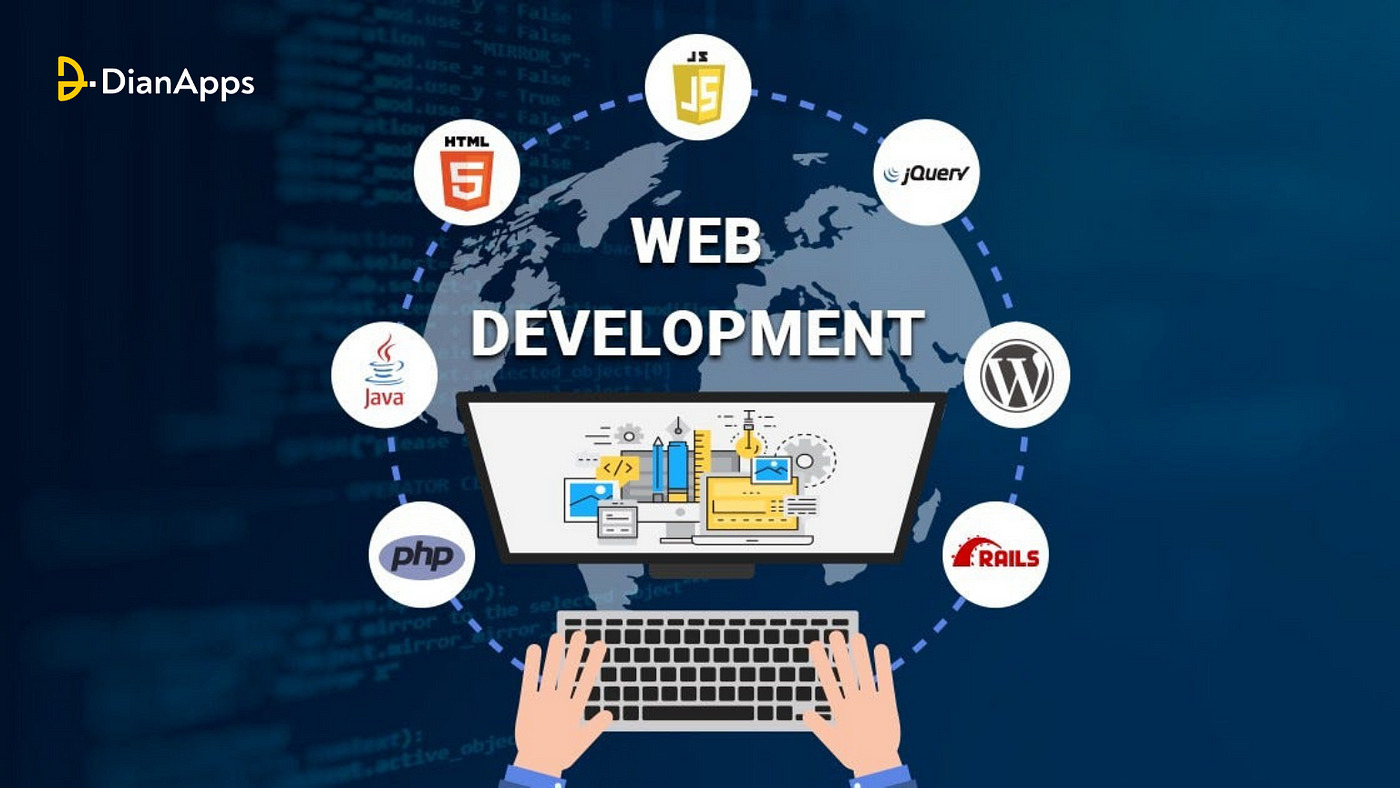Your Overview to Modern Internet Growth: Fads and Ideal Practices
In the quickly evolving landscape of internet development, understanding the newest trends and finest techniques is crucial for producing relevant and interesting digital experiences. Secret factors to consider such as user experience, responsive layout, and access are not simply optional however essential to the success of modern applications.
Emerging Technologies in Internet Development
The evolution of internet advancement is noted by a ruthless search of advancement, driven by the desire to improve individual experience and enhance processes. Arising technologies proceed to reshape the landscape, providing developers effective devices to produce more vibrant and receptive applications. Key among these innovations are Progressive Web Applications (PWAs), which blend the very best of web and mobile applications, supplying offline functionality and enhanced performance.
An additional significant advancement is the surge of Expert system (AI) and Equipment Knowing (ML), which enable personalized individual experiences and data-driven decision-making. These technologies facilitate chatbots, referral systems, and improved search performances, thus transforming how individuals engage with internet applications.
Moreover, the adoption of frameworks like React, Vue.js, and Angular has actually revolutionized front-end growth, advertising modular style and effective state monitoring. On the back end, serverless architecture and microservices foster scalability and versatility, permitting developers to concentrate on composing code without handling facilities.
Relevance of Individual Experience
Customer experience (UX) has come to be a critical focus in internet advancement, particularly as emerging technologies improve interactions. A positive UX not only enhances customer fulfillment however likewise drives involvement, retention, and conversions. ecommerce web development perth. In a progressively affordable electronic landscape, services should focus on UX to separate themselves and meet customer assumptions
Effective UX layout is rooted in comprehending user requirements and habits. This involves performing extensive study, producing individual personalities, and using use testing to gather insights. By doing so, developers can produce user-friendly user interfaces that facilitate seamless navigation and lessen friction points.
In addition, a well-designed UX can substantially influence a website's efficiency metrics. Research studies have shown that customers are more probable to desert a site if they experience inadequate functionality or excessive packing times. Conversely, a streamlined, user-centric style can cause lower bounce rates and boosted time invested in the website.
Welcoming Responsive Style
In today's varied electronic landscape, accepting receptive design is crucial for ensuring optimal customer experiences throughout numerous devices. With a boosting variety of customers accessing sites via mobile phones, tablets, and desktops, a receptive style technique permits web content to adapt seamlessly to various screen sizes and alignments.
Responsive design employs fluid grids, flexible images, and CSS media inquiries to produce a dynamic format that adjusts in real-time. This approach not just improves usability but additionally adds to boosted internet search engine positions, as internet search engine favor websites that offer a regular experience throughout devices. Additionally, responsive style decreases the requirement for numerous variations of an internet site, enhancing maintenance and updates.
Furthermore, responsive design fosters greater interaction by using a customized experience, keeping customers on the site much longer and minimizing bounce prices. As customer behavior remains to develop, purchasing receptive style is critical for services intending to boost customer complete satisfaction and drive conversions. In summary, adopting responsive style is not just a fad; it is a basic technique that aligns with the expectations of contemporary individuals, guaranteeing access and performance no matter the device they pick to make use of.
Availability in Web Advancement
Creating a site that is both responsive and available is critical this website for reaching a bigger audience. Ease of access in web advancement makes certain that all customers, regardless of their capabilities or disabilities, can effectively involve with electronic content. This includes individuals with visual, acoustic, cognitive, or electric motor problems.
To achieve accessibility, designers must stick to the Internet Content Access Standards (WCAG), which offer a framework for making internet material much more perceivable, operable, easy to understand, and robust. Secret practices consist of utilizing semantic HTML aspects, providing alternative text for pictures, ensuring enough color contrast, and making it possible for key-board navigation.
Additionally, applying ARIA (Available Rich Web Applications) qualities can improve availability, specifically for vibrant web content and progressed interface. Testing with actual customers, consisting of those with impairments, is vital to recognize prospective barriers and improve customer experience.

The Rise of Progressive Internet Applications
A considerable shift in web advancement has emerged with the surge of Progressive Internet Applications (PWAs), which seamlessly combine the very best features of mobile applications and standard internet sites (ecommerce web development perth). PWAs are developed to give individuals with a quickly, dependable, and engaging experience, no matter their internet connection. This is achieved through service workers, which make it possible for offline capabilities and background syncing, ensuring that individuals can access material also in low-connectivity scenarios
PWAs likewise leverage receptive style concepts, guaranteeing that they work efficiently across a range of gadgets and screen sizes. This flexibility is critical in an age where consumers progressively depend on mobile phones for their online activities. Furthermore, PWAs get rid of the need for separate app shop installments, permitting for simpler and a lot more obtainable circulation.

Conclusion
To conclude, contemporary internet advancement necessitates a diverse technique that encompasses emerging modern technologies, individual experience, receptive style, availability, and the implementation of Modern Web Applications. Abiding by these patterns and best methods not only boosts customer involvement however likewise promotes inclusivity, making certain that electronic web content is accessible to varied target markets. By focusing on these elements, designers can produce impactful applications that meet the progressing requirements of users in an increasingly electronic landscape.